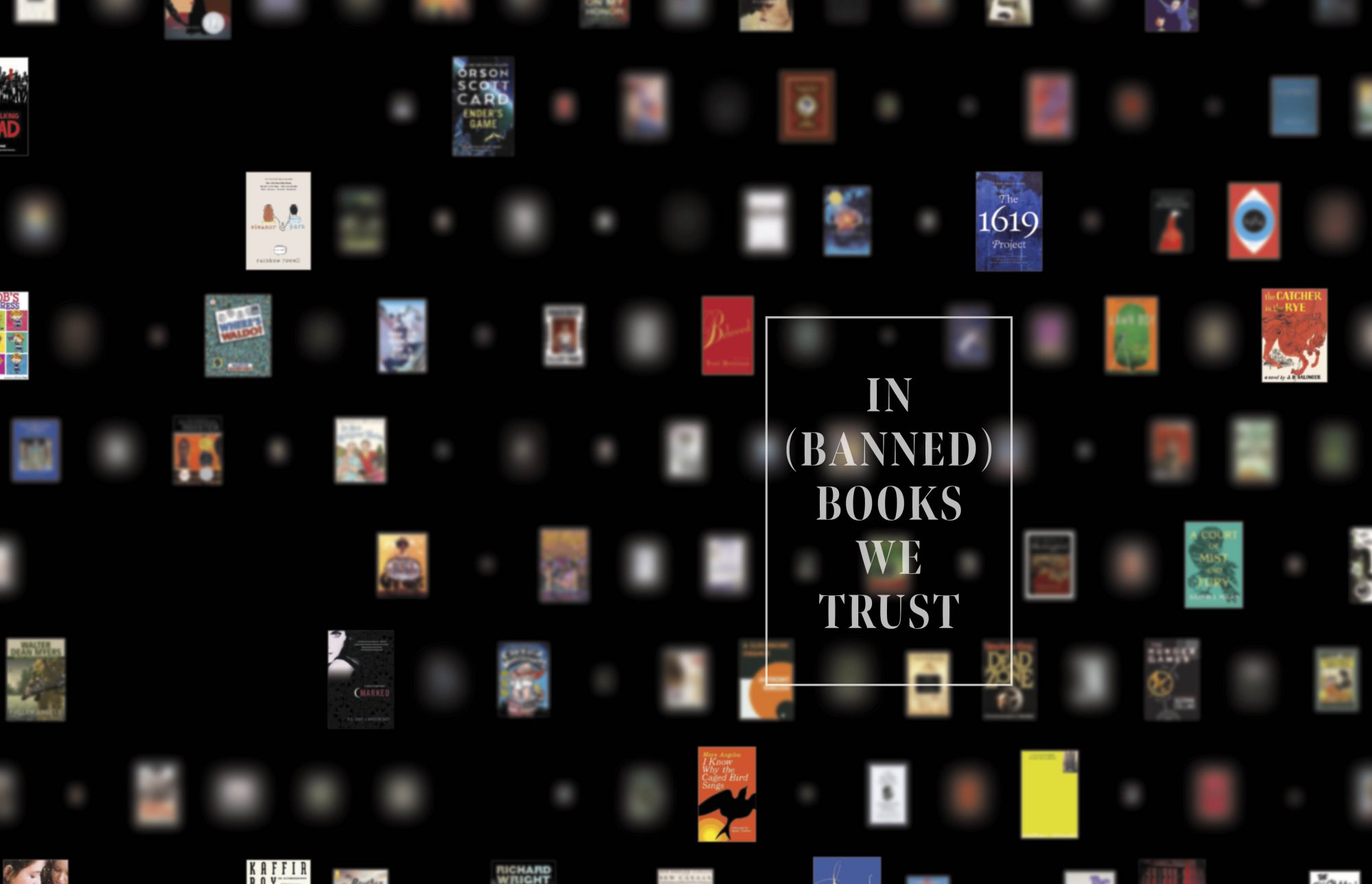Home
Fall 2023
Featured Posts

In (Banned) Books We Trust
How Emersonians are taking action
to protect free speech. One book at a time.
Fall 2023

How Emersonians are taking action
to protect free speech. One book at a time.
Begin typing your search above and press return to search. Press Esc to cancel.